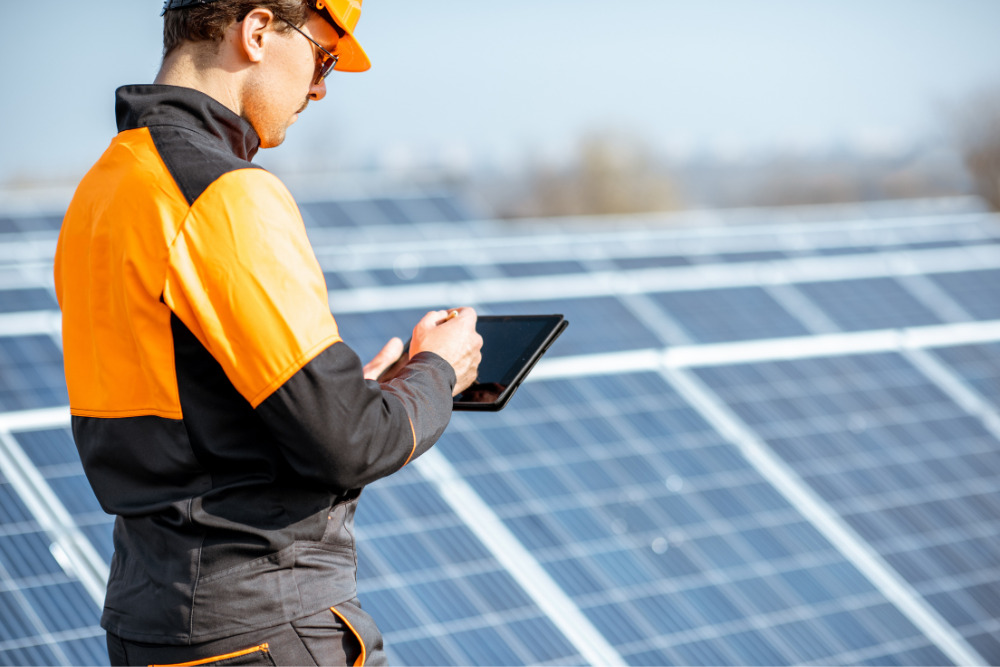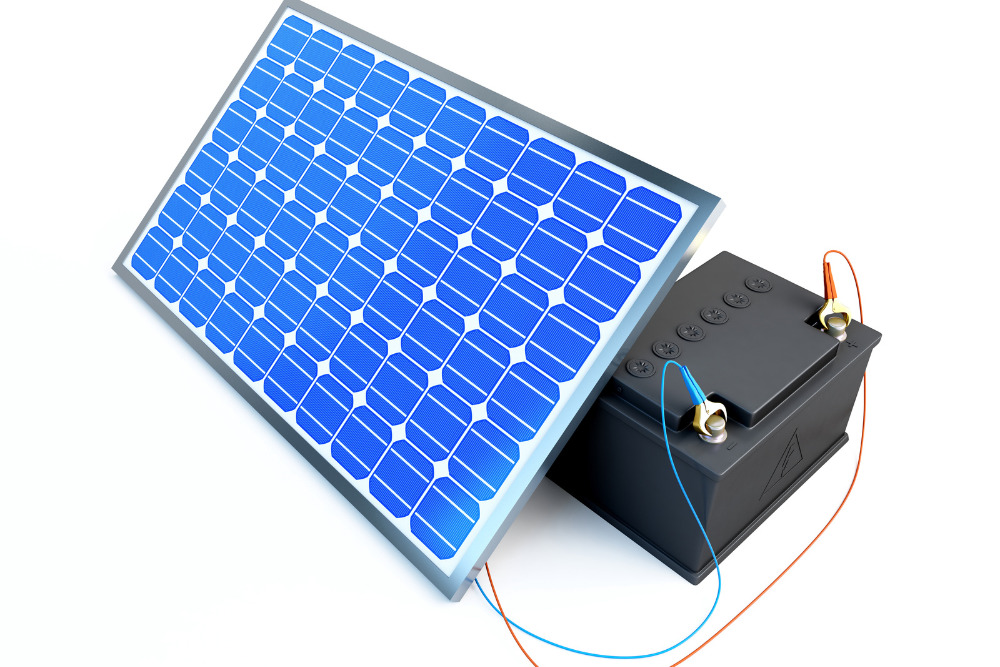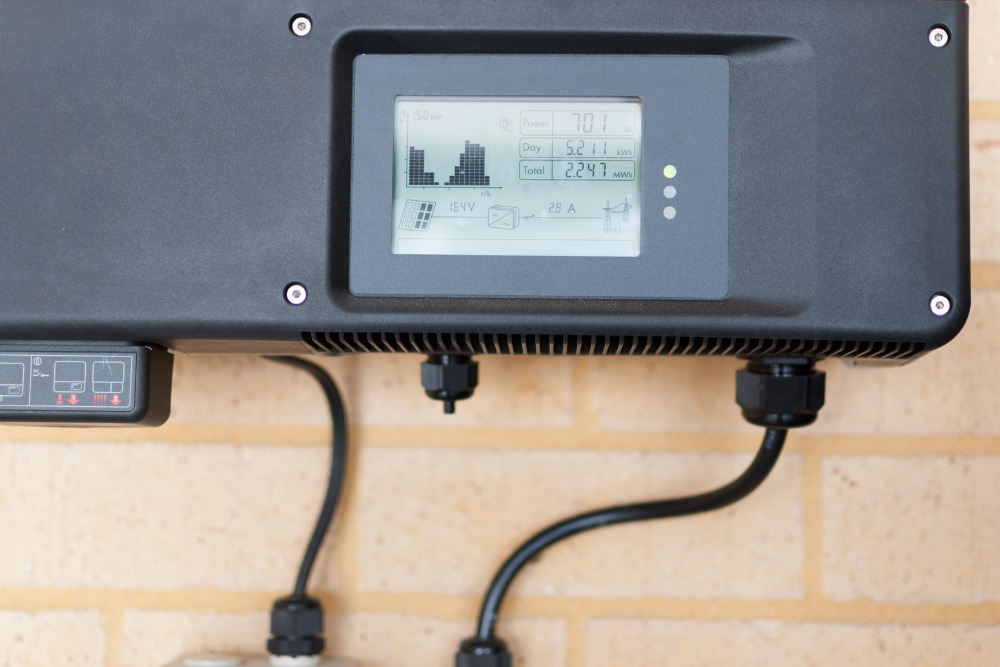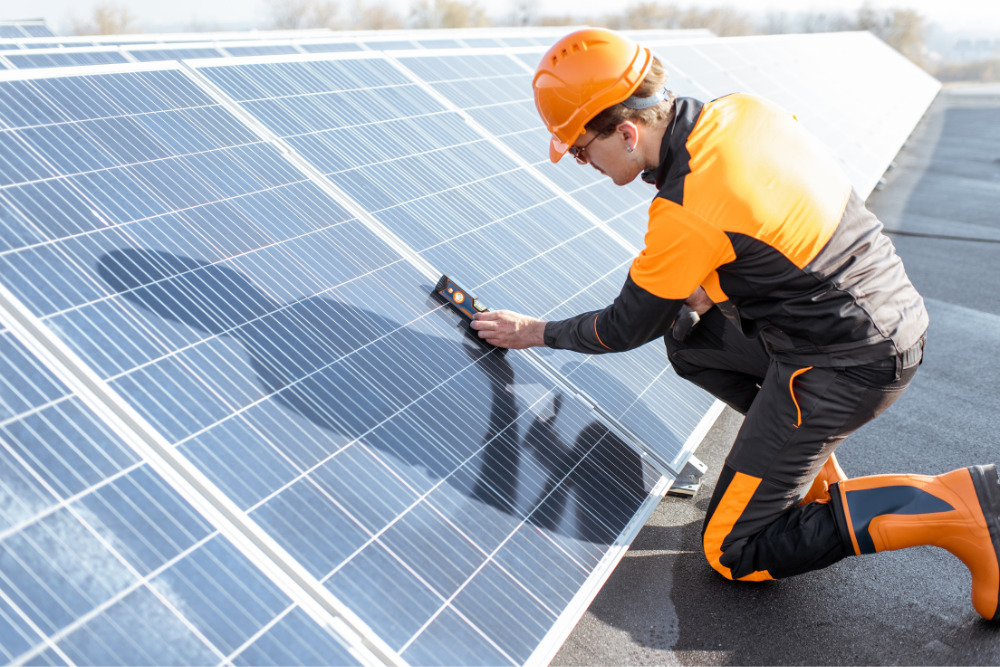
Troubleshooting issues with your PV system before calling a repair company may save you some money. Common issues that can be identified include low voltage, faulty inverters, and electrical problems.
Solar panel installation guarantees a long-term supply of clean, renewable energy. But like any other electrical system, your solar array is prone to problems that may hinder performance. Fortunately, there are some issues you can easily troubleshoot and fix yourself before calling in the pros.
What Are The Most Common Solar Panel Problems?
The most common solar panel problems include low or zero power output, inverter issues, and electrical problems.
Zero Voltage
Zero power output (zero voltage) is one of the most common solar panel issues.
If the weather conditions are favorable, your solar system should start producing solar energy after installation. So you'll know that something is wrong if your solar panels have no power (zero voltage).
This problem is likely due to one of the following:
- Damaged solar panels: A broken solar panel can't absorb sunlight and convert it to solar energy.
- Faulty inverter: A solar inverter converts DC (direct current) power from the PV system to AC (alternating current) electricity. A broken or incorrectly installed inverter can't perform this function, and your system's voltage will read zero.
Low Voltage
Sometimes, solar panels underperform, leading to low power output. This low voltage is commonly caused by the following:
- Dirty solar panels: Your solar panels won't absorb as much sunlight if they're covered by dust, bird droppings, twigs, or leaves.
- Shading: Obstructions like trees or structures around your solar panels create shadows, blocking sunlight penetration. They may also cause hotspots, damaging solar cells and lowering power output.
- Temperature: Extremely high temperatures result in heat fade, making the solar panels underperform. Also, very low temperatures, especially in winter, reduce a panel's energy output.
- Charge controller issues: This device controls solar power from solar panels to the battery. If a charge controller is damaged, it can limit the amount of energy a solar panel generates.
- Solar panel defects: A solar panel will produce less than average power if it has faults, such as microcracks, chips, delamination, snail trails (discoloration), and faulty junction boxes. Delamination occurs due to detached solar panels that allow moisture to penetrate the electrical circuit, causing current leaks and short-circuiting. Snail trails are due to defective solar cell materials and appear on panels after a chemical reaction.

Below are the troubleshooting steps for zero and low voltage in solar panels:
- Check if the circuit breaker is in the 'on' (up) position.
- Make a visual inspection of your solar panels - check for defects, dirt, and obstructions.
- Inspect your solar meter to get a history of power readings.
- Check your inverter's display - a red color or an error code indicates a problem with your array.
- Reboot the charge controller by disconnecting it from the battery and solar panel.
- Use a multimeter to check your solar system's voltage - conduct the open-circuit voltage and short-circuit current tests.
Inverter Issues
Inverter issues are expected since these devices aren't as resilient as the solar panels. A malfunctioning solar inverter can't convert solar power into usable energy due to the following reasons:
- Faulty installation: A incorrectly connected inverter will not function effectively.
- Capacity mismatch: If the capacity doesn’t match between the inverter and solar panels, it could cause inverter issues. Generally, a solar panel's capacity is 133% of an inverter's capacity.
- Power surges: A blackout can cause a grid fault and damage your inverter. If the inverter doesn't restart after an outage, it could be broken.
- Short-circuiting: Inverters can get isolation faults (short-circuiting) and malfunction due to poor connections, moisture entry, and faulty installation.
- Overheating: Temperature changes may affect an inverter's performance.
- Charging issues: Your solar inverter won't hold a charge if there are issues like melted fuses, a dead solar battery, loose connections, and burnt rectifiers.
- MPPT (Maximum Power Point Tracking ) module issues: A MPPT module boosts the solar panel's output, but an incorrectly installed MPPT module affects an inverter's function.

To troubleshoot inverter issues:
- Turn off the AC isolators (near the generation meter and inverter).
- Turn off the DC isolators (near the inverter) and switch them on after about 5 minutes.
- Switch on the AC isolators to restart the inverter.
- Check the inverter's display for error messages and color changes.
- Check and test the inverter's input (DC) voltage and current. Then, check its output (AC) voltage and current.
If you detect no issues:
- Check if the circuit breaker is switched on.
- Get system data (logs) from the inverter's digital screen or online account for modern solar systems.
- Check for loose connections.
- Inspect and cycle the battery.
- Check for overheating in the switch cabinet.
Electrical Problems
Your solar PV system has several electrical components that are critical for operation and performance.
Common electrical problems include:
- Circuit breaker issues, like when the circuit breaker trips or blows, mostly during power surges.
- Faulty wiring, broken wires, and loose connections can cause short-circuiting and system shutdown.
- PV load issues reduce a solar system's energy output
Troubleshooting electrical issues is risky, so it's best left to an experienced electrician. But you can check for a few issues before calling an electrician, such as:
- Tripped circuit breakers
- Blown fuses
- Broken or loose wires
- The voltage at different points using a multimeter
When To Call A Solar Panel Repair Company
Although you can detect most solar panel problems through DIY troubleshooting, calling a trained technician is safer and more effective.
You can also solve minor solar system performance issues by removing obstructions or cleaning the PV panels.
However, significant problems require repair or the replacement of components by professionals. Most solar companies offer maintenance and repair services in addition to solar installation.
It’s best to call a solar panel repair company if:
- Solar panels are damaged
- Solar panels are wrongly installed and require reinstallation
- There's an electrical problem
- You can't locate the exact problem with your solar panels after troubleshooting
- Your warranty policy doesn't allow DIY solar panel cleaning or repair

The Importance Of Regular Maintenance & Repair
A solar panel system is a resilient technology lasting up to 25 years. However, it still requires regular maintenance and repair to remain in good shape.
Here's why regular solar panel maintenance and repair is essential:
- Maintenance minimizes the occurrence of defects that lower solar energy production.
- It boosts solar panel efficiency, leading to increased energy production.
- Prompt repairs prevent costly damages that could cause a PV system shutdown.
- Helps maintain compliance and safety standards.
- Manufacturer warranty coverage may be voided if a regular maintenance schedule isn’t followed.
- Well-maintained solar panels have a longer lifespan.


